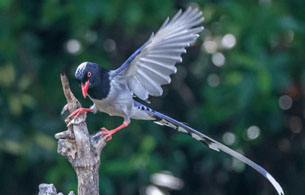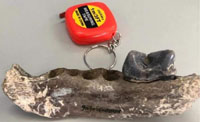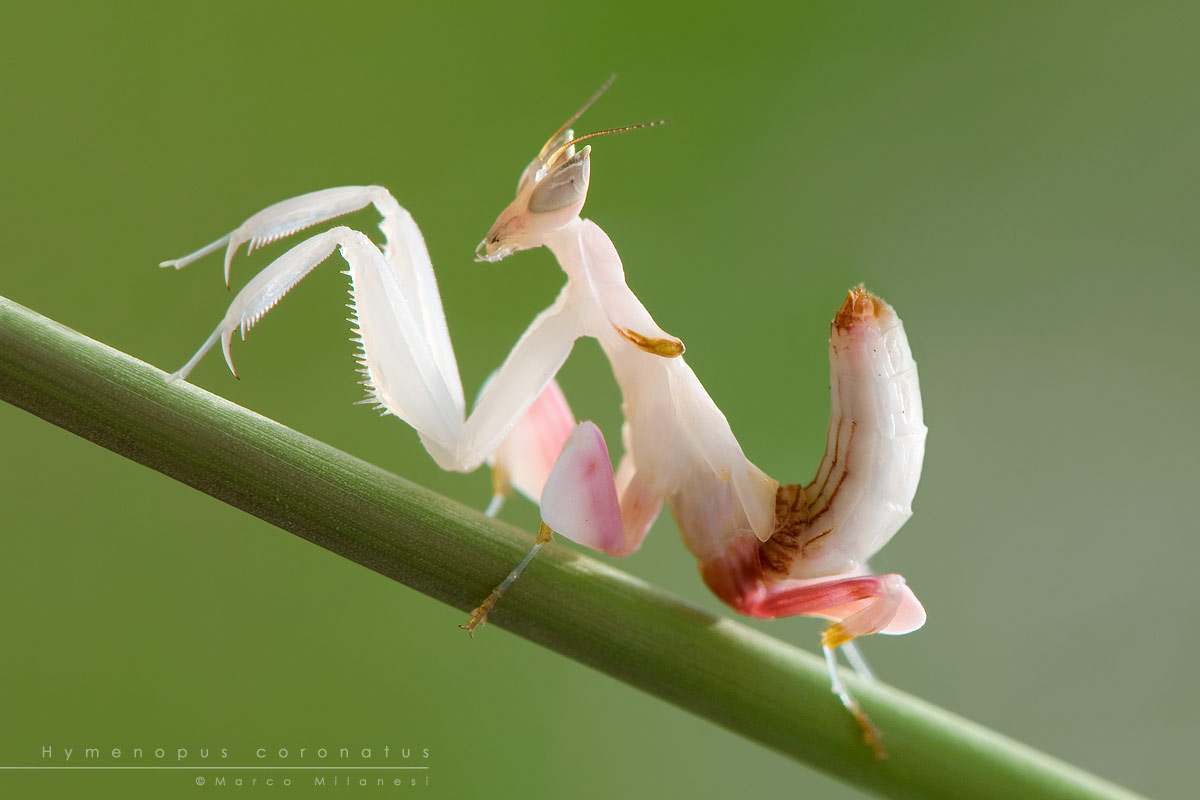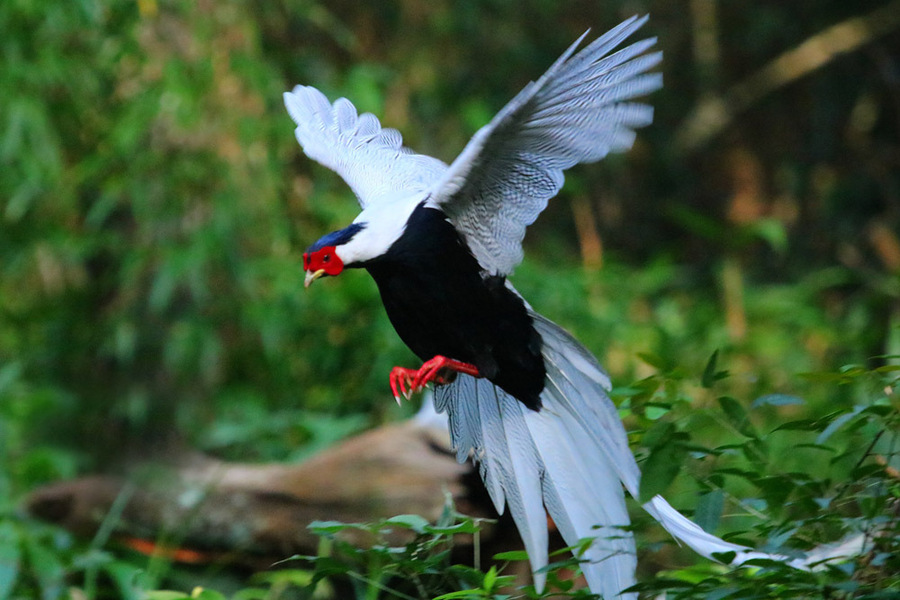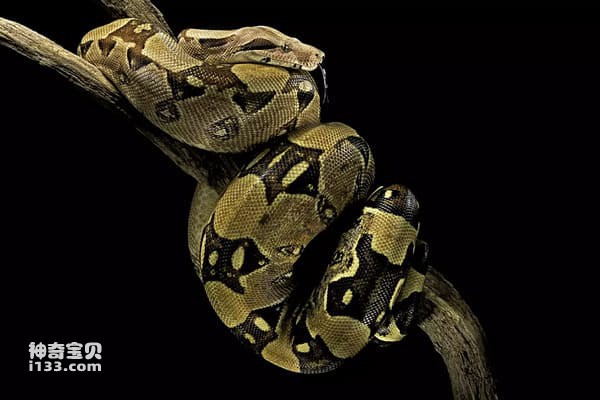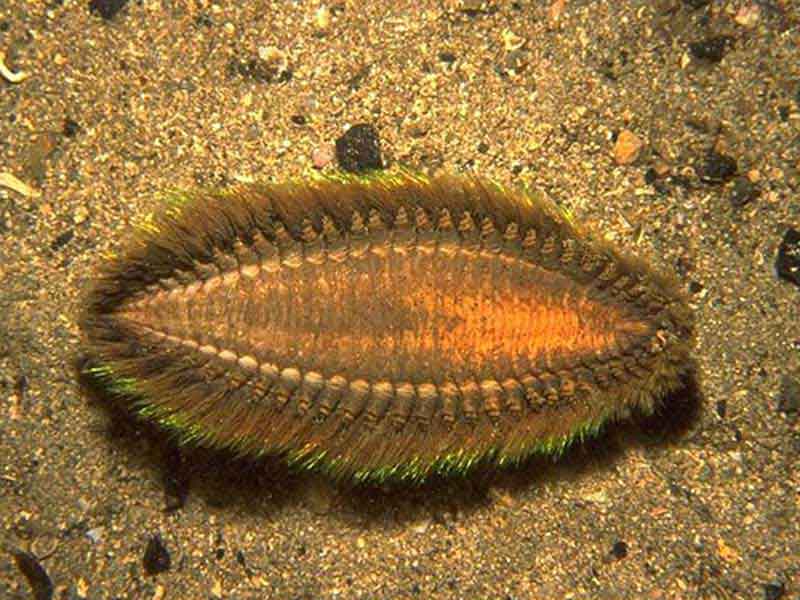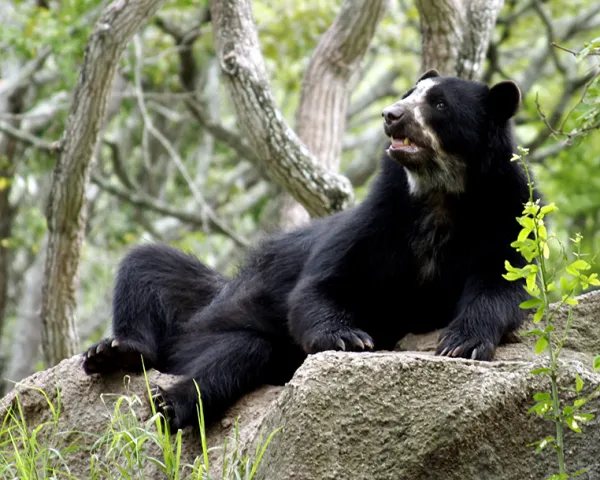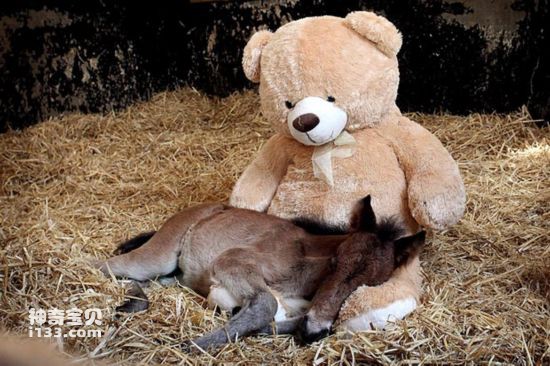Lizards: A unique role in wildlife
Lizards are a very unique and diverse wildlife in nature. As a member of the reptile family, lizards not only play a role in the ecosystem This article will take a closer look at the basic characteristics of lizards, their habitats, and their importance in the ecosystem to help you better understand this mysterious wild animal.
What is a lizard?
Lizards are an important category in the class Reptiles, belonging to the order Squamata, suborder Sauria. They usually have limbs, long tails and scales covering the whole body. Lizard There are many species and shapes of lizards, from small geckos to large Komodo dragons, and lizards are distributed in habitats all over the world.
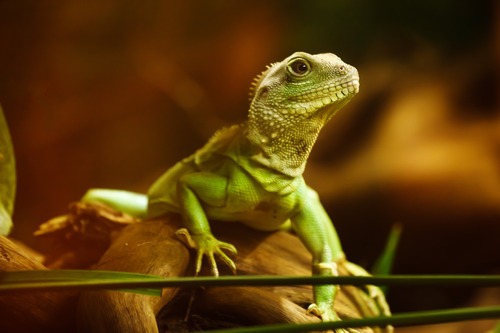
Basic characteristics of lizards
Appearance characteristics< /strong>Lizards usually have long and flexible bodies, with front and hind limbs, and some lizards can even climb trees or run fast in the desert. Lizards usually have long tails for balance and escape from predators. .
Skin and scales Lizards' skin is covered with scales of various shapes and colors, which help them adapt to different environmental conditions, such as preventing dehydration. or camouflage to avoid predators. Some lizards also have special abilities, such as changing color, to adapt to their environment.
Sensory AbilitiesLizards have a very good visual system. They are well developed and can sense changes in their surroundings, and some lizards can even see ultraviolet light. They also have a keen sense of smell and hearing, which helps them react when finding food and avoiding danger.
Lizard Habitat
Lizards have a wide range of habitats, from tropical rainforests to arid deserts, and can be found in almost any environment. Their habitats include:
Tropical rainforests In tropical rainforests, lizards such as geckos and tree lizards use dense They hide and forage in vegetation and trees. They are able to retain water in a humid environment.
Desert Desert lizards, such as Rattlesnake lizards are adapted to dry and hot environments. They avoid the heat and retain water by digging burrows or seeking shade in the desert.
Grasslands and forestsLizards in grasslands and forests often use vegetation and cracks in the ground to hide themselves and hunt for insects and other small prey in these environments.
The role of lizards in the ecosystem
Controlling Insect Populations Lizards are insect predators, and they help control insect populations and maintain ecological balance. For example, geckos prey on mosquitoes.larvae and other small insects to reduce their numbers.
Part of the food chainLizards play an important role in the food chain. Not only are they predators of insects, they are also prey to birds, snakes, and other predators. In this way, lizards maintain the balance between species in the ecosystem.
Ecological indicatorsLizards are very sensitive to environmental changes, and their health can serve as an indicator of the quality of the ecological environment. For example, changes in the number and species of lizards may reflect habitat destruction or climate change.
Importance of protecting lizards
Many lizard species are threatened with survival due to habitat destruction and climate change. Protecting lizards and their habitats is essential to maintaining the health of the ecosystem. Measures to protect lizards include:
Habitat protection: Protect and restore the natural habitat of lizards and prevent deforestation and land development.
Reducing capture: Limiting over-capture and trade of lizards to avoid putting pressure on their populations.
Education and publicity: Raise public awareness of lizards and their ecological roles and advocate ecological protection awareness.
As an important member of wildlife, lizards have unique biological characteristics and ecological roles. From tropical rainforests to arid deserts, lizards have shown amazing adaptability in various environments. They play an important role in controlling the number of insects in the ecosystem, maintaining the balance of the food chain, and indicating the health of the ecological environment. Protecting lizards and their habitats is an important step in protecting Earth's ecosystems. Let's work together to create a safer future for these mysterious reptiles.
Lizards as Pets: Understanding and Care
Lizards are becoming increasingly popular as pets. Their unique appearance and personality traits make them an attractive pet choice. However, as pet lizards require specific environments and care to ensure their health and happiness. This article will provide a detailed introduction to the basic information, common species, care requirements, and precautions of lizard pets to help you better care for these fascinating reptiles.
Basic information about lizard pets
Lizards are a type of reptile with a variety of shapes and habits. As pets, there are many types of lizards, from small geckos to larger lizards such as Komodo dragons, and each lizard has its own unique needs. Understanding the basic information of lizards is the first step in caring for them.
Common pet lizard species
Geckos
Features: Geckos are small and easy to care for. They have a unique ability to cling to and crawl on smooth surfaces.
Maintenance requirements: Geckos need a warm, humid environment. Provide proper temperature and humidity, and clean the habitat regularly.
Beared dragon
Features: Bearded dragons are named for their bristle-like dorsal fins, and are of medium size and gentle temperament.
Maintenance requirements: A habitat box with a UV light is required to maintain proper temperature and humidity. They also need an environment that includes rocks and plants to simulate their natural habitat.
Leopard Gecko
Characteristics: Leopard geckos are small lizards named for the leopard-like spots on their backs and have a gentle temperament.
Maintenance Requirements: They need to provide a warm environment and appropriate food, such as insects and fruits. Keeping the environment dry will help avoid health problems caused by moisture.
Green iguana
Characteristics: Green iguanas are large and brightly colored, making them attractive pet lizards.
Maintenance requirements: They require a large habitat with plenty of room for movement. UV light and a warm environment are a must, and green iguanas also require plenty of humidity and regular baths.
Komodo Dragon
Features: Komodo Dragon is one of the largest lizards, with a huge body and strong bite force.
Maintenance Requirements: It requires a large habitat and high temperature control equipment. Due to its huge size, raising Komodo Dragons requires special management and a larger breeding environment.
Maintenance Requirements for Lizard Pets
Environmental settings
Habitat: Choose a habitat that is large enough to simulate a natural habitat for your lizard species.
Temperature and humidity: Maintaining the right temperature and humidity is key to your lizard's health. Use heating pads, UV lights, and humidity control devices to adjust environmental conditions.
Diet
Food: Different lizard species have different dietary requirements. For example, most lizards eat insects, while some species may also require vegetables, fruits, or specific feeds.
Nutrient Supplementation: Provide your lizard with calcium and vitamin supplements regularly to keep its bones healthy and its immune system functioning properly.
Cleaning and Health
Habitat Cleaning: Clean your lizard's habitat regularly to prevent the growth of bacteria and parasites.
Health Monitoring: Pay attention to your lizard's diet, activity, and bowel movements, and promptly detect health problems and seek veterinary help.
Interaction and stimulation
Notes
Adaptation period: New pet lizards may need time to adapt to the new environment. Give them enough time to adapt and gradually build a trusting relationship.
Legal and Ethical: Make sure the lizard you keep complies with local laws and regulations. Some lizards may be protected, prohibited or restricted.
Professional Consultation: If you have any questions or problems, consult a professional reptile veterinarian or maintenance expert to ensure the health and happiness of your pet.
Lizards have unique charm and diversity as pets. From small geckos to large Komodo dragons, each lizard has its own unique needs and characteristics. Understanding the basic information, maintenance needs and precautions of lizards will help provide them with a comfortable living environment. If you are interested in lizards and plan to keep them, be sure to make full preparations to ensure that both you and your lizard can enjoy a pleasant pet life.
< article class="w-full text-token-text-primary focus-visible:outline-2 focus-visible:outline-offset-[-4px]">
Are those lizards poisonous?
Although most lizards are non-venomous, some species are indeed venomous. Here are some known venomous lizards, with varying toxicity characteristics and danger:
1. Komodo Dragon
Toxicity: Komodo dragons get their toxicity from bacteria in their saliva. Although they do not have venom glands in the traditional sense, their saliva contains a variety of bacteria that can cause serious infections. Komodo dragons bite their prey, and the bacteria in their saliva will infect the wound, thereby helping to delay the death of their prey.
Danger: Komodo dragon bites can cause serious infections and poisoning reactions,Therefore, it is very dangerous to humans.
2. Gila Monster
Toxicity: Gila monsters are venomous reptiles that live mainly in the southwestern United States and Mexico. Their venom comes from venom glands in their jaws and is delivered to the victim through a bite.
Danger: Although the venom of Gila monsters is not usually fatal to humans, it can cause severe pain, swelling, and nausea. Its venom is more lethal to small animals.
3. Beaded Lizard
Toxicity: Beaded lizards, like skin lizards, also have venom glands. The venom enters the body through a bite and is somewhat toxic.
Danger: The venom of beaded lizards can cause severe pain and discomfort, and is also dangerous to humans. Its venom can be fatal to some animals.
4. Banded Gila Monster
Toxicity: Banded Gila Monster is a reptile with venom glands. Its venom is mainly secreted by the venom glands and delivered to prey through teeth.
Danger: The venom of this lizard can cause pain, swelling and other discomfort. Although it is not fatal to humans, contact should still be avoided.
5. Geckos (Certain Species)
Toxicity: Most geckos are non-venomous, but some specific species may contain trace amounts of toxins.
Danger: These toxins usually do not cause serious harm to humans, but may still cause local reactions such as redness, swelling or allergic reactions.
Precautions
Contact Safety: Even venomous lizards usually release venom only when attacked or threatened. Understand and respect the natural behavior of lizards and avoid direct contact.
Emergency Treatment: If bitten by a venomous lizard, seek medical help immediately. Symptomatic treatment, such as cleaning the wound and administering antitoxin (if necessary), can help reduce toxic reactions.
Education and Prevention: Knowledge of lizard species and toxicity information can help with safe handling and prevent potential hazards. Wearing gloves and using the proper tools to handle lizards can reduce the risk of exposure.
Understanding the characteristics and handling of these venomous lizards can help ensure safety when interacting with them and increase awareness of these mysterious creatures.
animal tags:
lizard
We created this article in conjunction with AI technology, then made sure it was fact-checked and edited by a Animals Top editor.


